Monit Data and Open Source Software
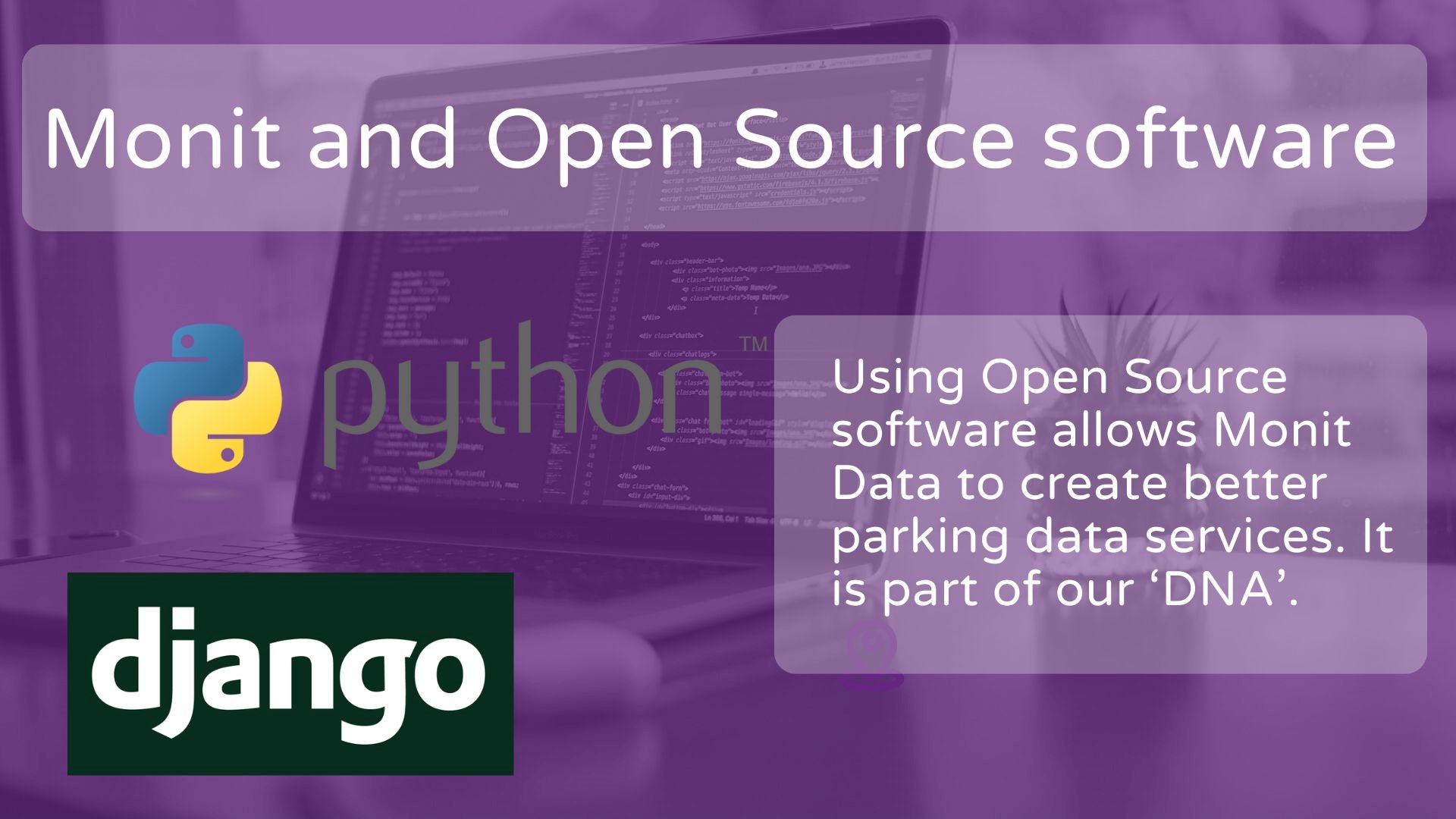
Monit Data uses Open Source software as foundation for our services. It allows us to create better parking data services for our users. However there are often many questions and misunderstandings about Open Source software. In this blog post we’ll take you on a quick introduction in Open Source software and why we consider it part of Monit’s DNA.
Monit Data is a committed user of Open Source software. It forms the foundation of our suite of services for the parking industry. We are convinced that the benefits of Open Source software are so strong, that we consider it part of Monit’s ‘DNA’.
But what is Open Source software? What benefits does it bring me as a user of Monit Data services? Does it mean Monit is using some inferior free software to run my critical services? These are questions that are not uncommon to us. In this article we will tell you a bit more about Open Source software and its benefits.
What is Open Source software
All software contains what is called source code. This is what makes the program or application work, and provides its functionality. See it as the hidden ‘engine’ that makes a program work. By modifying the source code, the program’s developers can add or remove functionality, or fix ‘bugs’.
With so-called ‘proprietary’ software only the developer, either a person or company, is allowed to modify the source code. Well known examples of this are Microsoft Windows and Office.
In contrast, with Open Source software the source code is freely available. Developers can study, change, and distribute software. A good example is the Linux operating system. But open source software is also often found in many of the key systems that makes our connected world work. Popular uses of Open Source software are databases, programming languages and AI models.
A quick history
Open Source software has a long history. In the early days of computing, source code was seen almost as an ‘utility’ needed to run systems. Code was freely available and shared between developers and companies. In the 1970’s this changed and software was seen as creative work and that copyright laws were applicable. At the same time computers entered ever more businesses and households. Combining these developments meant that ‘proprietary’ software grew into a lucrative business.
In 1983 a programmer from MIT, Richard Stallman, felt that developers should be free to use and modify software and not be limited by the limitations of ‘proprietary’ software. He started to release software free to use and to modify. Nowadays Open Source software can have many origins, an university project, a ‘hobby’ project by a developer, or a company releasing software as open source.
Using Open Source software
Does this mean that Open Source software is anarchistic ‘free for all’ with no control whatsoever? The answer to this is a solid ‘no’, as both ‘proprietary’ and Open Source software have licenses and distribution models.
For ‘proprietary’ software the license usually states that only the owners of the software can modify it, not the users. Think of the license you as user agree to when you install an application on your device.
In Open Source software the user also needs to agree to a license, but this license usually allows the user to use and modify the software. Often it also requires the user to make the modified source code also freely available to others as per the ideology of Open Source software. A well-known example of an open source license is the GNU Public License.
Next to licensing, Open Source software is also supported by a well-developed infrastructure. Source code of Open Source software is usually stored in central online repositories such as GitHub. These allow version control, as well as different branches of the software to be developed and distributed.
Some advantages
The question does arise, why should one use Open Source software instead of ‘proprietary’ software from a well-respected and knowledgeable IT provider? This question can be answered by examining the many benefits coming from the open and collaborative nature of Open Source software.
One of the biggest benefits is security and stability. With the source code available in the open, there is a large community of developers that can examine and modify the software. So if there are any security risks or ‘bugs’ in the software, it will usually be found and fixed quicker than with ‘proprietary’ software that is dependent on a single company for updates. It also means that there is no risk of Open Source software being ‘orphaned’. The community will keep developing the software unlike a company that might disappear or stop support.
The second advantage is innovation. As the license allows Open Source software to be modified and redistributed, developers can start from a strong foundation to adapt the software to their particular needs. By modifying it, adding code, or not using parts of the software they don’t need. And also here the collaborative advantages of a large community of developers helps. With so many people working on the software, improvements and innovations are continuous and quick.
Benefits for users
These and many other advantages of Open Source software translate directly In benefits for the users. Such as in the case of Monit Data, by using Open Source software as the ‘engine’ for our services as for example our Parking Monitor. Our developers have full control over the software to optimize them for our services. At the same time the security and stability is ensured, as well that the software we use is always up-to-date.
For you as user of Monit services that means reliable services, that are highly effective for the application you need them to do. Further development or adaptation to new requirements can also be done quickly and effectively. There is no ‘bloat’ or unneeded code in the software that can hamper performance, or add stability and security risks.
The value of Open Source
One advantage that has not been discussed yet is the cost-effectiveness of Open Source software. There is often some confusion that Open Source software is ‘free of charge’ so doesn’t cost anything.
And indeed, the Open Source software that Monit uses is available without incurring any licensing costs. But the services built with the Open Source software as their foundation have to be developed, maintained and supported for our users. This requires both software development, security measures, but also think of infrastructure like cloud storage and computing needed to provide the services.
The lack of licensing costs of Open Source software does however mean that Monit can focus its resources on creating and providing better services to our customers. We are not being restricted by high costs of ‘proprietary’ software. The true value of Open Source software is not that it is free of charge, but that through collaboration of the community it is the best foundation to create services.
Using the engine analogy again, by using a freely available and excellent engine, we can work on building the best car for the specific task needed.
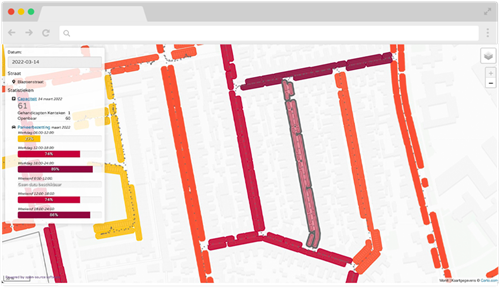
Monit Parking Monitor created with Open Source software.
Open Source Software and Monit Data
So now knowing a bit more about Open Source software, let’s look at some examples of these. Monit Data primarily uses two popular Open Source software programs for its services.

Python
Python is the most popular programming language today. It was created in 1989 by the Dutch programmer Guido van Rossum, as he had some free time in his Christmas break. It is designed to be simple, user-friendly general language that could be used for anything.
Some of the advantages of Python are that it is easy to understand and use as it uses normal English as its vocabulary. Simply by just looking at the code you can understand what it is meant to do. It is also a very versatile language, and is used for web and software development, task automation and data analysis.
By being so easy and versatile, combined with being open source, an ever larger community started using Python to quickly and effectively create applications to solve a wide variety of problems. Since its inception Python has been steadily growing and recently has become the most popular programming language. In today’s digital world Python is present in virtually every service we use professionally or privately. It is even used by NASA in outer space.
One of the strengths of Python is its ability to easily automate tasks. For instance tedious, repetitive manual tasks as updating and formatting data in a database. With its easy-to-understand language Python is also a powerful tool for data analysis. It can be used to collect data, analyze it and create reports.

The growth in popularity of Python programming language. Graph as per TIOBE Index: https://www.tiobe.com/tiobe-index/
Monit Data Django
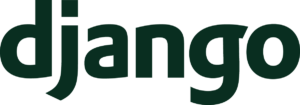
Django
Another advantage of Python is that there are several libraries and frameworks that make using Python a lot easier. These provide functionalities for various specializations, so that developers don’t have to code each functionality themselves.
One of the most-used frameworks in Python is Django. It is a framework using a plug-and-play approach to create web applications. By using the well-established Django framework applications can be created quicker and with less risk of issues.
Django was created in 2003 for use at a newspaper in Kansas in the United States. The framework is primarily designed for database-driven websites. With its roots in the fast-paced newsroom one of the key features is to take applications from concept to completion as quick as possible. Therefore it already includes many common used functionalities such as user authentication, content administration and more to speed up web development. And when an application finds many users, Django is very scalable by just adding more server hardware.
Together with this quick development and scalability, Django also contains many security features straight ‘out of the box’.
From its humble beginnings in a regional newspaper, Django has become one of the most used frameworks for database-driven web applications. For example, Django is one of the technologies used by Instagram. Those pretty cat photos have to come from some database!
Python & Django for parking data
The challenges presented by parking data are complex. There are very few standards, and every parking systems presents data with different formats and connections. For example some have an API, other systems share data by sending an e-mails. As a result transforming parking data into meaningful insights is time consuming and tedious work. Many parking operators spent more time on just collecting raw data, than actually be able to use it for meaningful decision-making.
Monit Data with its technology partner cusbi recognised the opportunities of using Python with Django for solving the complex challenges of parking data. The benefits in task automation, data analysis and for database-driven web applications provided by these technologies were clear. And so, in 2010 as a very early adopter of the language, decided to use Python and Django as the foundation for our parking data services. Since then the many benefits of the Python programming language have allowed Monit Data to grow into the market leader in parking data services in The Netherlands.
It is in Monit’s ‘DNA’
As we mentioned at the beginning of this article, at Monit Data are convinced that the benefits of using Open Source software are very clear. We hope that this article will help you to share our conviction.
Beyond providing the foundation of our parking data services, we consider using Open Source software an integral part of Monit’s ‘DNA’. Therefore our commitment to Open Source software means that we also want to give back to the community.
DjangoCon Europe 2024
Monit Data is therefore proud to support the bi-annual DjangoCon Europe conference, being held in Portugal on 5-7 June 2024. Several of our team members are attending the conference to share knowledge and learn of the latest developments in the Django framework. Next to exchanging knowledge, we’re also happy to support DjangoCon as a Bronze sponsor.
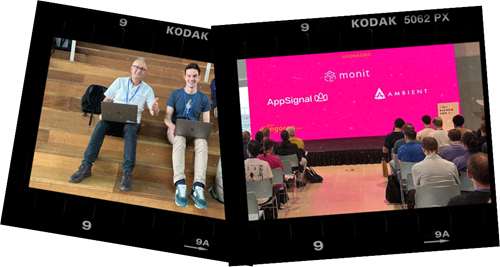
About Monit Data
.png) Monit Data provides parking data analytics services for municipalities and private operators. User-friendly dashboards give clear information on car, EV, and bicycle usage. Use data-driven insights for urban mobility policies and day-to-day operational management.
Monit Data provides parking data analytics services for municipalities and private operators. User-friendly dashboards give clear information on car, EV, and bicycle usage. Use data-driven insights for urban mobility policies and day-to-day operational management.


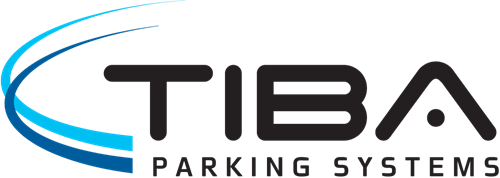

Comments
There are no comments yet for this item
Join the discussion